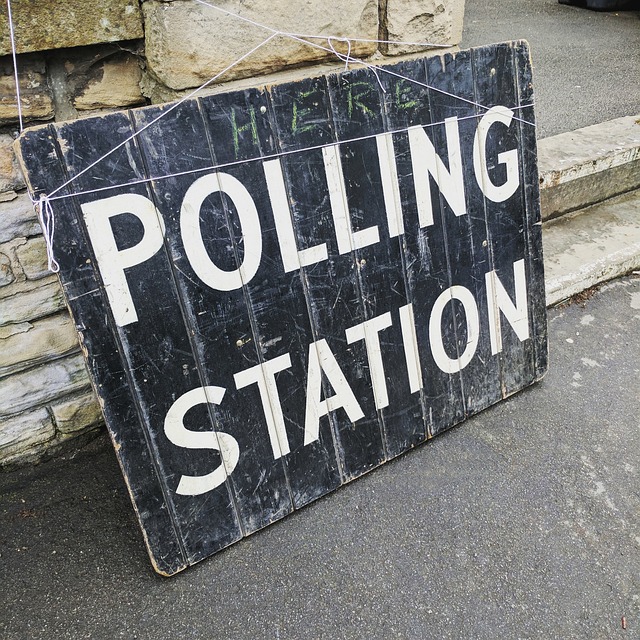Two years ago, during the midterm election season, we wrote about the strict ban in the federal tax code on political campaign activities by 501(c)(3), tax-exempt, organizations. See It’s That Time of Year Again (August 1, 2014).
Well … it’s that time of year again, albeit in the (always) more volatile context of making the choice for the next president of the United States.
The Political Ban
Interpreting and applying the political restrictions are confusing and dicey, to say the least, in part because the statute on point is remarkably brief.
Section 501(c)(3) of the Internal Revenue has just over 130 words that define which organizations qualify for this coveted tax-exempt status. It’s the final phrases in 501(c)(3) that list disqualifying activities. Here is the full text; the parts that are bolded and italicized below specify which activities are not permitted:
- “Corporations, and any community chest, fund, or foundation, organized and operated exclusively for […exempt…] … no part of the net earnings of which inures to the benefit of any private shareholder or individual, no substantial part of the activities of which is carrying on propaganda, or otherwise attempting, to influence legislation (except as otherwise provided in subsection (h)), and which does not participate in, or intervene in (including the publishing or distributing of statements), any political campaign on behalf of (or in opposition to) any candidate for public office. (emph. added)
The challenge is understanding and applying the precise meaning of those brief words describing the banned political activities. A few examples are:
- Hosting a political candidate for a campaign speech
- Using organizational funds to create and distribute information in support or in opposition to a candidate
- Writing a check from the organization’s bank account to a political campaign.
Political Activities: Allowable Exceptions
There are certain types of activities, though, that generally are not prohibited under the 501(c)(3) political ban if they are conducted “in a nonpartisan manner.”
These include “certain voter education activities (including presenting public forums and publishing voter education guides) conducted in a non-partisan manner do not constitute prohibited political campaign activity.”
They also include “other activities intended to encourage people to participate in the electoral process, such as voter registration and get-out-the-vote drives, would not be prohibited political campaign activity if conducted in a non-partisan manner.”
Whether these activities are allowable because they are exceptions to the political ban or because they are definitionally outside the plain language of the ban may be semantic hair-splitting.
IRS Guidance
The IRS has provided some guidance decades in Revenue Ruling 66-256 (public forums on political matters); Revenue Ruling 78-248 (“voter education” activities); and Revenue Ruling 80-282, 1980-2 C.B. 178 (amplifying Rev. Rul. 78-248 on the timing and distribution of voter education materials); and Revenue Ruling 86-95, 1986-2 C.B. 73 (conducting public forums in neutral form and content).
In any event, the IRS has provided some more recent, helpful, examples in Revenue Ruling 2007-41, with clear-cut thumbs-up or thumbs-down from the agency. In this post, we’ll focus on the examples that illustrate the rules on “voter education, registration, and get-out-the-vote drives.”
- Situation 1. B, a section 501(c)(3) organization that promotes community involvement, sets up a booth at the state fair where citizens can register to vote. The signs and banners in and around the booth give only the name of the organization, the date of the next upcoming statewide election, and notice of the opportunity to register. No reference to any candidate or political party is made by the volunteers staffing the booth or in the materials available at the booth, other than the official voter registration forms which allow registrants to select a party affiliation. B is not engaged in political campaign intervention when it operates this voter registration booth.
- Situation 2. C is a section 501(c)(3) organization that educates the public on environmental issues. Candidate G is running for the state legislature and an important element of her platform is challenging the environmental policies of the incumbent. Shortly before the election,C sets up a telephone bank to call registered voters in the district in which Candidate G is seeking election. In the phone conversations,C’s representative tells the voter about the importance of environmental issues and asks questions about the voter’s views on these issues. If the voter appears to agree with the incumbent’s position, C’s representative thanks the voter and ends the call. If the voter appears to agree with Candidate G’s position, C’s representative reminds the voter about the upcoming election, stresses the importance of voting in the election and offers to provide transportation to the polls. C is engaged in political campaign intervention when it conducts this get-out-the-vote drive.
Situation 1 is a “thumbs-up” and Situation 2 is a “thumbs-down.” In a later section of this revenue ruling, there is an additional example that receives a “thumbs-up”:
- Situation 19. M, a section 501(c)(3) organization, maintains a web site and posts an unbiased, nonpartisan voter guide that is prepared consistent with the principles discussed in Rev. Rul. 78-248. For each candidate covered in the voter guide, M includes a link to that candidate’s official campaign web site. The links to the candidate web sites are presented on a consistent neutral basis for each candidate, with text saying “For more information on Candidate X, you may consult [URL].” M has not intervened in a political campaign because the links are provided for the exempt purpose of educating voters and are presented in a neutral, unbiased manner that includes all candidates for a particular office.
Conclusion
We’ll continue to add more examples of activities that are allowed as well as those not allowed.
— Linda J. Rosenthal, J.D., FPLG Information & Legal Director


